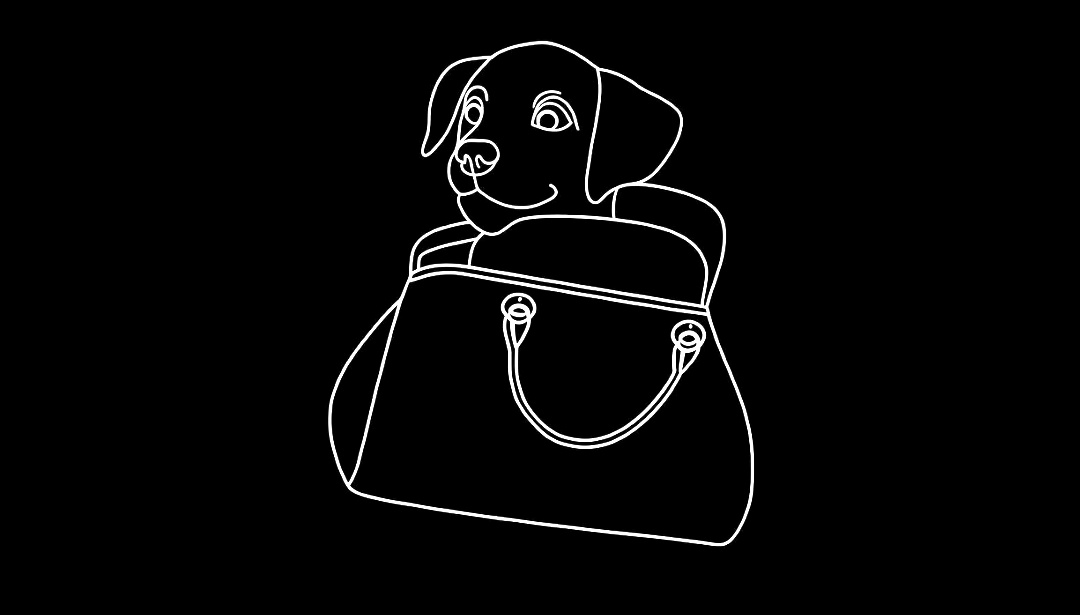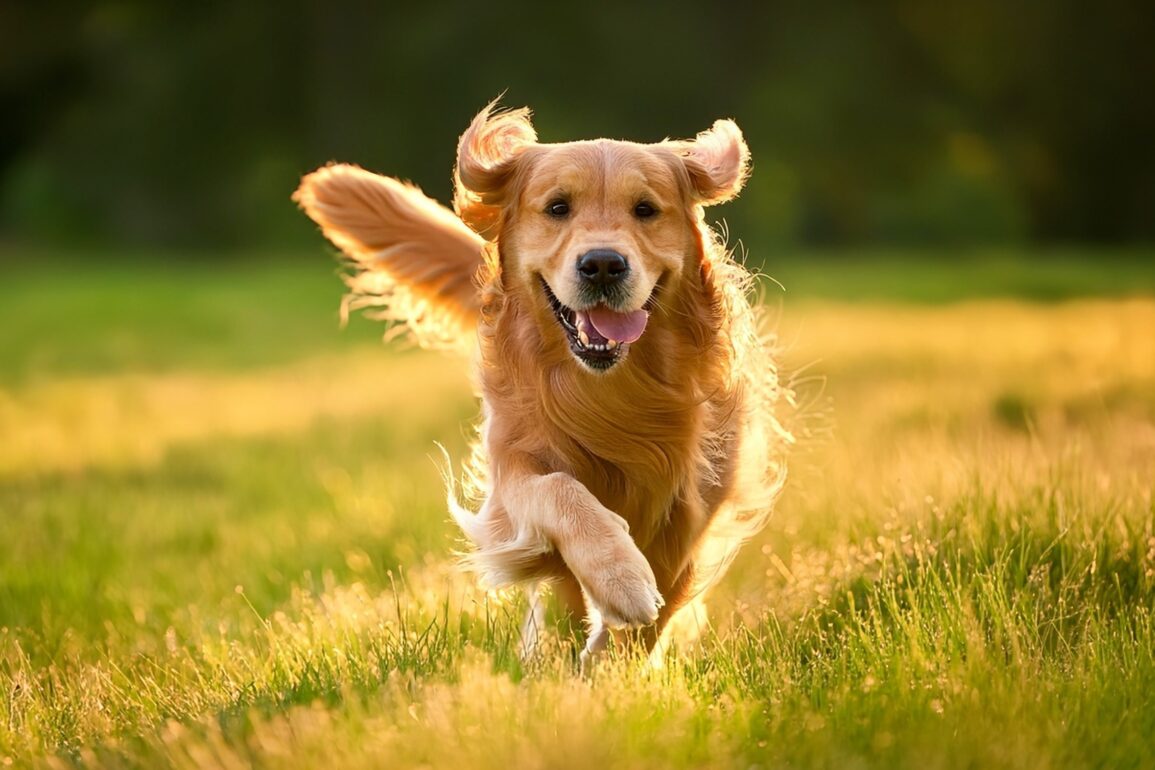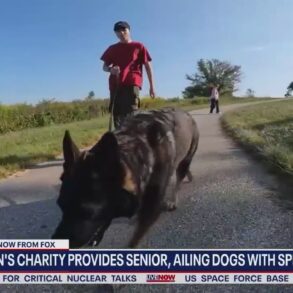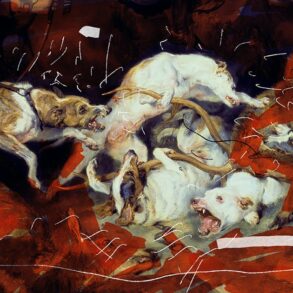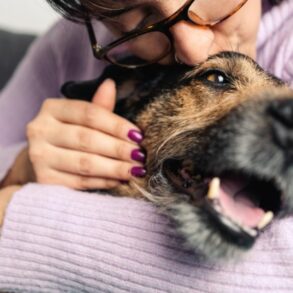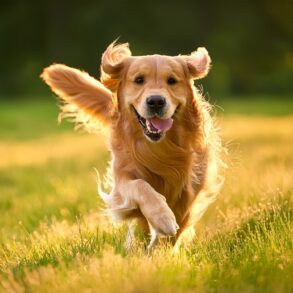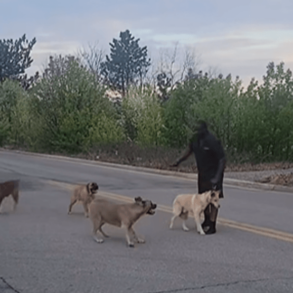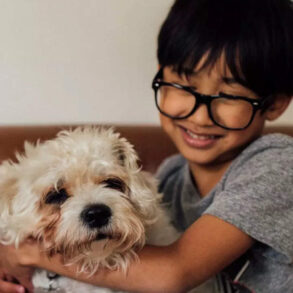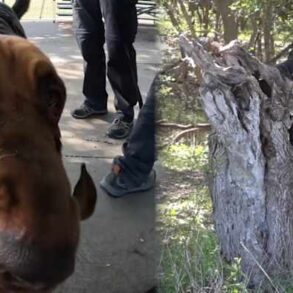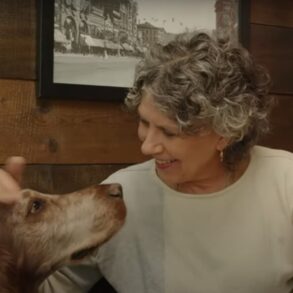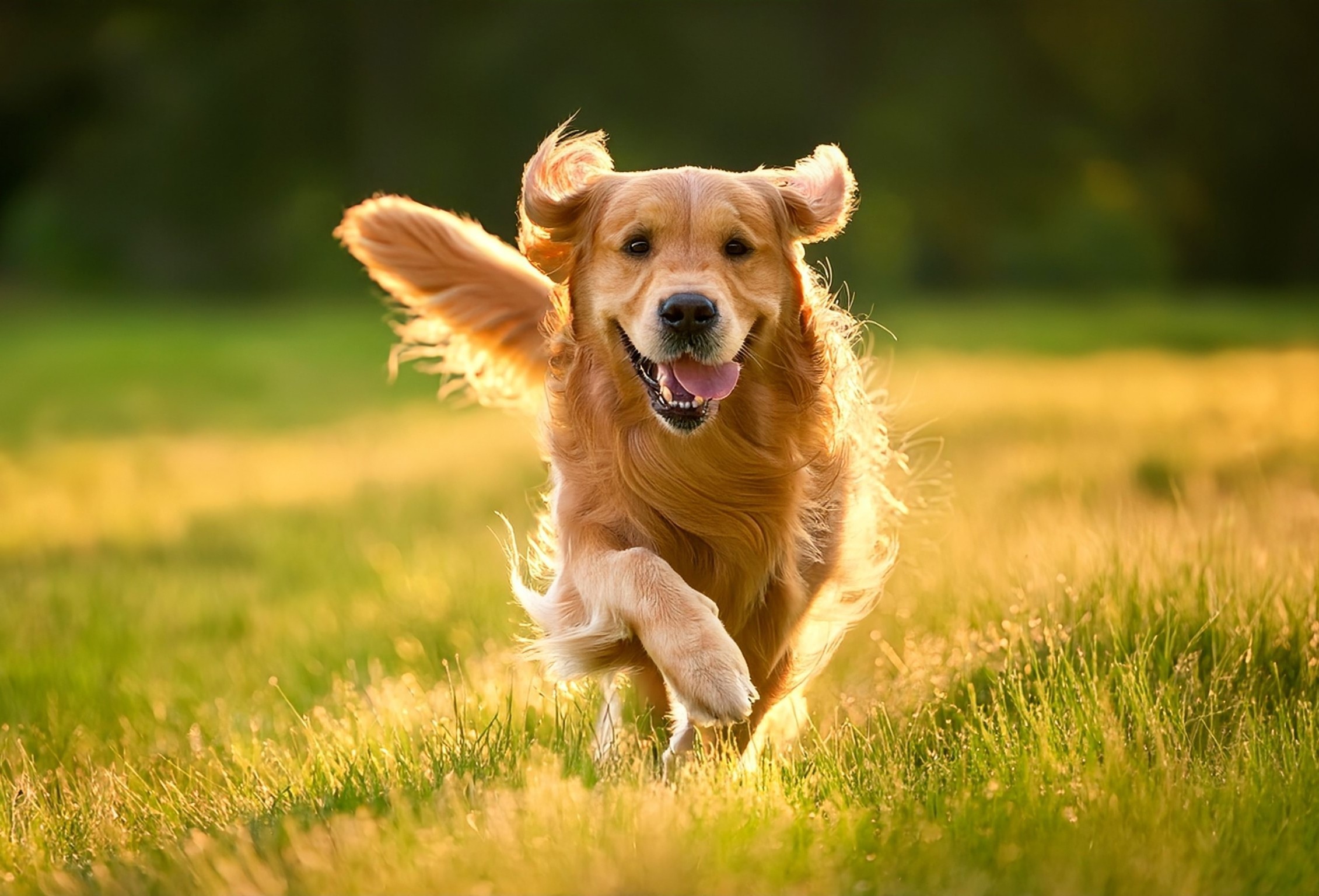
Dogs have long been recognized for their remarkable ability to detect faint scents associated with various diseases.
From identifying cancer and low blood sugar to sensing infections, their keen noses have inspired trainers to develop specialized tasks that enhance safety and independence for people managing health conditions.
Scientists recently discovered new connections between how dogs interpret ambiguous situations and how they tackle scent detection tasks.
The research was led by Sharyn Bistre Dabbah of the University of Bristol, who explored whether a dog’s upbeat or doubtful attitude influences how well it can sniff out important odor cues.
How dogs learn medical scent detection
Medical detection dogs have earned respect among healthcare professionals, especially for their role in identifying certain diseases and assisting people with chronic issues.
They are trained to detect unique scent markers in clinical samples or to warn someone about an imminent change in health status.
Training starts young, using exercises to boost focus and confidence in new environments. The programs highlight gentle yet consistent methods that reward a dog for accurate performance and reduce confusion through repetition.
Because tasks based on scent detection are demanding, these canines must learn to keep calm under pressure. They must stay determined and engaged through repeated trials, which can be challenging for some dogs. Despite these challenges, many dogs handle the work with remarkable ease.
When some dogs show more precision and fewer false alerts, experts start searching for the reasons why. If these traits can be identified early, it could bring more certainty to an already impressive field.
Connecting optimism and performance
One experimental approach used in this research is judgment bias testing, a strategy for gauging how animals respond to uncertain situations.
Dogs learn a bowl in one spot with a known scent means a reward, but in another spot, it doesn’t. When the bowl appears in a middle spot, the canines’ reaction time can hint at their emotional outlook.
“Dogs that approached ambiguous cues more quickly – indicative of ‘optimism’ – were associated with higher levels of traits such as confidence and playfulness. These insights could have important implications for training and selection methods in medical detection dogs,” said Dabbah.
In plain terms, dogs that zipped toward the bowl, hoping it held a tasty morsel, also seemed to have strong overall abilities when it came to learning and focusing. They appeared quicker to embrace new tasks and bounced back from empty bowls without getting flustered.
At the same time, some canines showed a more guarded approach. They paused a moment longer at uncertain bowl placements, almost as if they were doing a double-check before taking action.
Interestingly, these dogs often had fewer false positives, indicating that a degree of “cautious thinking” may reduce errors.
Optimistic dogs and scent detection
Older dogs showed signs of calm confidence, which might help them approach tricky tasks without wasting energy on confusion. It is possible that time in training leads to more measured responses, as dogs hone both their search skills and emotional stability.
Dogs with a high drive for food did not hesitate to check a bowl, reflecting an eagerness to score a reward. While that can propel a dog to excel in learning, it may lead to hasty alerts on non-target scents. Balancing that enthusiasm with steady caution can be a challenge.
Some dogs leaned on playfulness to make tasks more pleasant. Tail-wagging and enthusiasm can boost training, but too much excitement may disrupt focused sniffing. Striking a middle ground is ideal for daily practice.
When a trainer recognizes that a dog’s personality tends toward optimism, that knowledge can guide how training is structured. The approach may focus on channeling the dog’s quick reactions while refining its ability to stop and think when necessary.
Optimistic dogs have greater detection ability
“Our findings suggest that dogs displaying more ‘optimistic’ responses in a judgment bias test tend to demonstrate higher overall ability, as rated by their trainers. Understanding this link could help us to better train, select, and support successful medical detection dogs,” said Dabbah.
Some of the more reserved dogs achieved stronger scent specificity, which can be a valuable quality for tasks where false alarms carry greater cost. Training might then look for ways to add a dash of positive expectation to help these dogs stay motivated.
Moving ahead, experts are exploring whether these insights might hint at early screening tools. Dogs that have an optimistic streak could be strong candidates for highly active detection tasks.
Such early indicators might spare time and resources, enabling trainers to focus on dogs whose personality suits the intensity of constant sniffing and monitoring.
Research suggests this approach may also enhance the dog’s well-being, as training can be fine-tuned to match its natural tendencies.
The future of dog training
Trainers often keep logs of each dog’s progress and note any unusual struggles. A quick emotional test could add insight into what drives each dog’s successes and setbacks
Dog organizations might use these new findings to perfect selection programs. Dogs that see gray areas as opportunities often recover quickly from setbacks, making training more enjoyable.
The broader community of working-dog enthusiasts is always on the lookout for ways to elevate standards in canine professions.
By evaluating how optimism or hesitation shapes detection tasks, it may be possible to maximize performance without pushing dogs beyond healthy limits.
Refining this process promises a better match between each dog’s inherent scent style and the tasks they are asked to tackle. Such harmony could improve the reliability of medical alerts while protecting the dog’s quality of life.
The study is published in the journal PLOS One.
—–
Like what you read? Subscribe to our newsletter for engaging articles, exclusive content, and the latest updates.
Check us out on EarthSnap, a free app brought to you by Eric Ralls and Earth.com.
—–
This post was originally published on this site be sure to check out more of their content.
